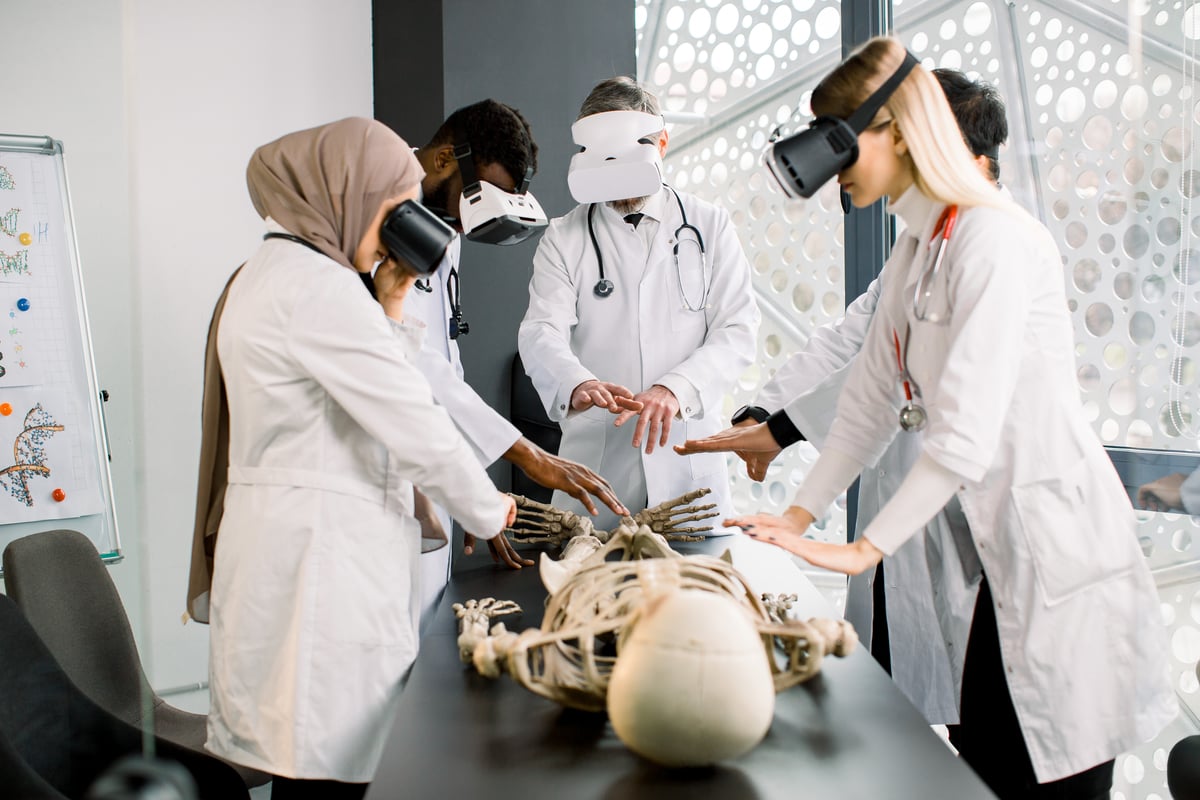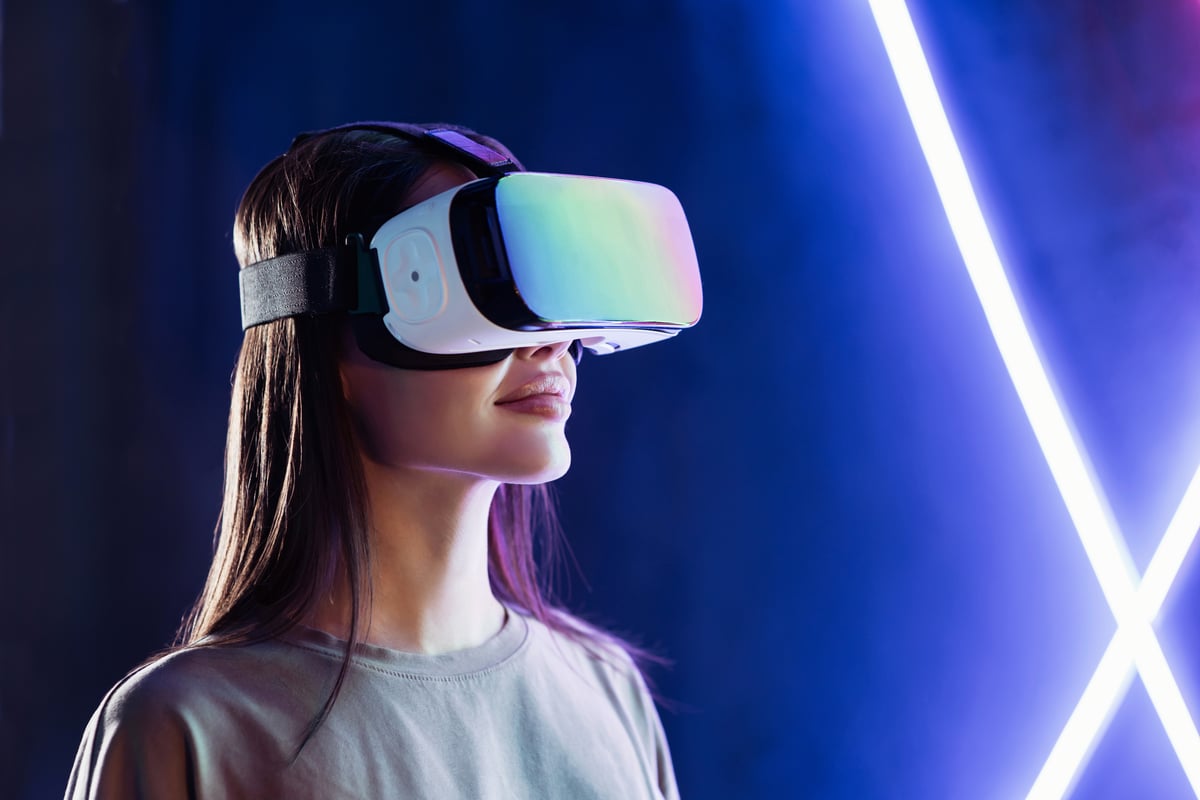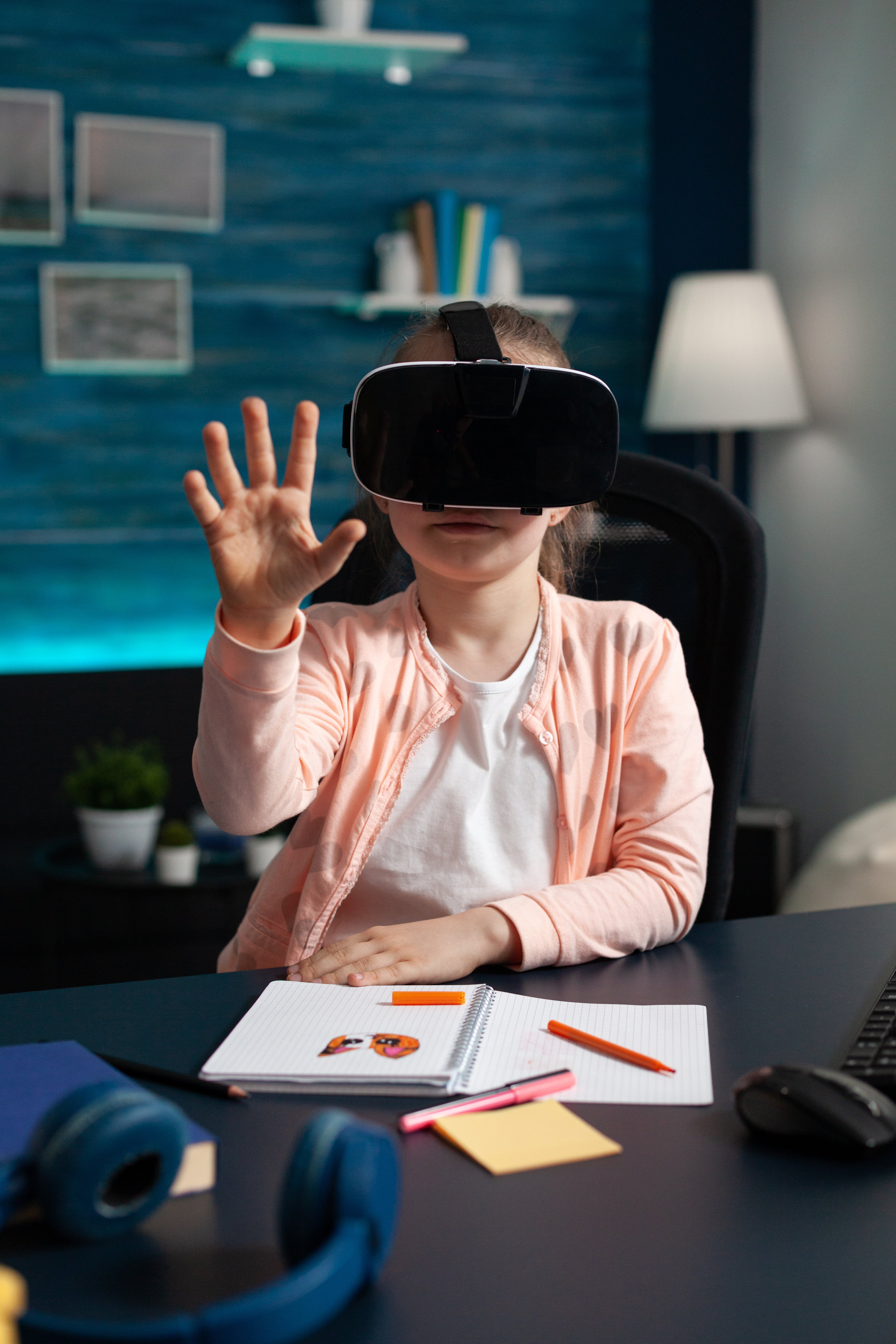The rise of Virtual Reality in education
Virtual reality is gaining in popularity in the field of education, and is becoming an increasingly popular teaching modality. Thanks to this immersive technology, students can enjoy virtual experiences that enrich their learning. Whether exploring historical sites, simulating scientific experiments or practicing practical skills, virtual reality offers new opportunities for interactive learning.
Using virtual reality, teachers can create realistic virtual environments that allow students to immerse themselves in authentic learning situations. This promotes student engagement and enables them to learn in a more concrete and memorable way.
What's more, virtual reality overcomes the geographical and temporal limitations of traditional learning. Thanks to this technology, students can travel through time and space to discover past events or distant places, without leaving their classroom. This opens up new learning perspectives and broadens students' horizons.
The benefits of Virtual Reality learning
Virtual reality learning has many advantages for students. Firstly, it makes learning more attractive and motivating. By creating immersive virtual environments, virtual reality captures students' attention and stimulates their curiosity. This encourages them to explore and learn more actively.
What's more, virtual reality enables students to practice practical skills in a safe way. For example, a medical student can perform a simulated surgical procedure in a virtual environment, without risking a patient's life. This enables students to familiarize themselves with real-life situations and develop their skills progressively.
Finally, learning in virtual reality encourages collaboration and social learning. Students can interact with their peers in virtual environments and work together to solve problems or achieve common goals. This reinforces their team spirit and ability to work in groups, essential skills in the professional world.


The challenges of successfully integrating virtual reality
Although virtual reality offers many advantages, its integration into education is not without its challenges. First of all, there are technical considerations to take into account. Setting up a virtual reality system may require significant investment in equipment and software. In addition, teachers may need to be trained in the use of this technology.
Another challenge is the design of virtual reality learning experiences. It is important to create realistic and relevant virtual environments that meet pedagogical objectives. This requires close collaboration between teachers, software developers and experts in the relevant field.
Finally, it is essential to ensure that the use of virtual reality does not completely replace traditional teaching methods. Virtual reality should be used in a complementary way, as an additional tool to enrich learning. It's important to strike the right balance between the use of virtual reality and other teaching methods.

The impact of Virtual Reality on traditional teaching methods
The introduction of virtual reality in education is having a significant impact on traditional teaching methods. Firstly, it challenges the traditional role of the teacher as the sole source of knowledge. With virtual reality, students can access a wealth of resources and information, encouraging them to become autonomous learners and take charge of their own learning.
What's more, virtual reality encourages a more personalized approach to learning. Virtual environments can be adapted to the specific needs and interests of each student, enabling tailor-made learning experiences. This also enables different learning styles to be taken into account, and promotes the inclusion of students with special needs.
Finally, virtual reality encourages a more active approach to learning. Students are more engaged and involved in their learning when they interact with virtual environments. This promotes better knowledge retention and a deeper understanding of the concepts studied.
Future prospects for the use of Virtual Reality in education
The use of virtual reality in education has enormous potential for the future. As technology advances, the costs of virtual reality are set to fall, making the technology more accessible to educational establishments. What's more, new educational software and applications are constantly being developed to take advantage of the possibilities offered by virtual reality.
In the near future, virtual reality could also be used for professional training and practical simulations. Professionals from a variety of fields could train in virtual environments before moving on to real-life situations, thereby enhancing their skills and confidence.
In conclusion, virtual reality is revolutionizing the world of learning and becoming a key modality for the years to come. This technology offers new possibilities for interactive learning, making learning more attractive, more practical and more personalized. Although challenges remain, the future of virtual reality in education is bright.


